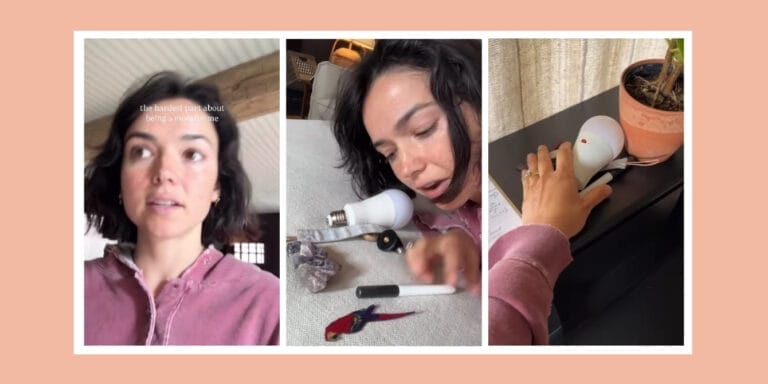Maximize productivity: Here are 7 ways to minimize decision fatigue in your life

6. If it incites decision angst, drop it
Table of Contents
Since I began thinking hard about people who wear the same thing every day, I’ve been examining other ways to minimize decisions in my daily life.
I’ve put this into practice in obvious ways, and unusual ones. Here are a few practices to minimize decision fatigue and maximize productivity and creativity.
1. Eat the same thing
Back in my Crossfit days, many of our gym’s elite performers ate the same thing every day. And I mean the exact same thing—turkey, green beans and almonds, 5 mini-meals per day, with only dinner for variety. They aren’t alone—many successful people regularly eat the same thing to free up mental space.
2. …Or almost the same thing
There are less drastic ways to implement the same principle. We have pizza every Friday. My friend goes further than this (and I’m thinking of following her lead)—she’s made a loose weekly formula for her family’s meals to guide their choices. Fish on Monday, tacos on Tuesday (duh), pasta on Wednesday. (More ideas on formulas here.)
3. Embrace daily routines
I make coffee every morning, then sit down at the computer (or grab a legal pad) and start writing. (Not Facebook, not email. Writing.) Then I’m out the door for a run. (OK, not this week—but I can’t wait till the ice melts off our streets.)
It turns out I’m doing something right—time management experts say if you don’t know where to start, start with implementing a morning routine and evening routine. I also have a routine for the 2:00 hour, which is when I hit my daily slump.
4. Establish hard edges in your day
This tip is from the pithy guide Manage Your Day to Day.
“Set a start time and a finish time for your workday, even if you work alone. Dedicate different times of day to different activities—creative work, meetings, correspondence, administrative work, and so on. These hard edges keep tasks from taking longer than they need to and encroaching on your other important work. They also help you avoid workaholism, which is far less productive than it sounds.”
I’ve been gradually building more of these hard edges into my day. I’d especially recommend it if you flirt with burnout.
5. Create if-then rules for yourself
I learned this trick from 3 tiny habits and the Heath Brothers. You’re much more likely to follow through on your good intentions if you use if-then planning—if X happens, then I will do Y. The if-then allows you to decide your course of action in advance, before you’re tired, stressed, or swamped.
For me, this looks like—if I pour a cup of coffee, then I pour a glass of water. If I’m at Trader Joe’s for the first time in a week, then I buy fresh flowers. If it’s 4:00 p.m. and I haven’t been to the park yet, then it’s time to walk the dog.
6. If it incites decision angst, drop it
Otherwise known as “why we dropped our Costco membership.” I loved having gone to Costco, but I hated going. It didn’t fit smoothly into our routine—I was never in that part of town—and I dreaded making the trip. If we need to make a major a major purchase, we’ll be back (they have the best warranty around), but until then, I’m enjoying having one less option to consider.
7. Limit your options
This is straight out of The Paradox of Choice. Too many options are just as bad as not enough—we’re happier and more productive when we consider fewer possibilities. Here’s a recent example. We’ve needed new bedding for a while. I didn’t like the options at our local bedding store, but when I started looking online I was overwhelmed by the choices. I couldn’t handle shopping the whole internet, or even the whole mall. I needed fewer options.
I explained my dilemma to my designer friend and asked her to tell me where to shop. She recommended a single store, which brought my options back into the reasonable range. (Her answer: Pottery Barn. She also suggested I should wait for March’s great linen sales, buy a duvet cover instead of a king comforter for ease of washing, and watch the sales online and in the store because they’re totally out of sync.)
This article was originally published on Modern Mrs. Darcy.


































